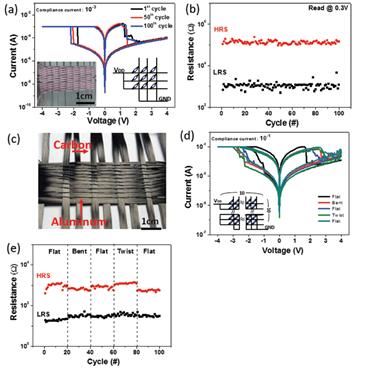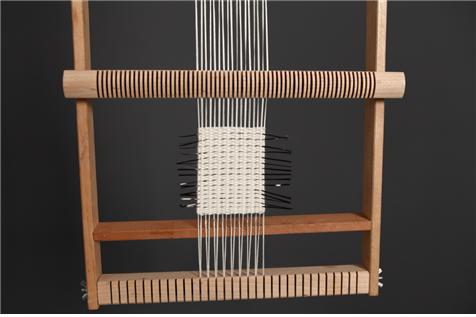- About
- Academics
-
Undergraduate Programs
- Civil and Environmental Engineering
- Architecture and Architectural Engineering
- Mechanical Engineering
- Industrial Engineering
- Energy Resources Engineering
- Nuclear Engineering
- Materials Science and Engineering
- Electrical and Computer Engineering
- Naval Architecture and Ocean Engineering
- Computer Science and Engineering
- Aerospace Engineering
- Chemical and Biological Engineering
-
Graduate Programs
- Civil and Environmental Engineering
- Architecture and Architectural Engineering
- Mechanical Engineering
- Industrial Engineering
- Energy Systems Engineering
- Materials Science and Engineering
- Electrical and Computer Engineering
- Naval Architecture and Ocean Engineering
- Computer Science and Engineering
- Chemical and Biological Engineering
- Aerospace Engineering
- Interdisciplinary Program in Technology, Management, Economics and Policy
- Interdisciplinary Program in Urban Design
- Interdisciplinary Program in Bioengineering
- Interdisciplinary Program in Artificial Intelligence
- Interdisciplinary Program in Intelligent Space and Aerospace Systems
- Chemical Convergence for Energy and Environment Major
- Multiscale Mechanics Design Major
- Hybrid Materials Major
- Double Major Program
- Open Programs
-
Undergraduate Programs
- Research
- Campus Life
- Communication
- Prospective Students
- International Office
SNU Professor Hwang Cheol Seong research team developed new-concept fabric electronics
-
Uploaded by
관리자
-
Upload Date
2017.07.24
-
Views
766
SNU Professor Hwang Cheol Seong research team developed new-concept fabric electronics
- Textile resistance switching memory for fabric electronics
- Enables various smart fashions and wearable devices

▲ SNU Department of Materials Science and Engineering Professor Hwang Cheol Seong co-research team:
(left) Professor Hwang Cheol Seong, Kookmin University Department of Materials Science and Engineering Professor Lee Mi Jung, Researcher Jo Anjae, and Seo Youngdae
- Enables various smart fashions and wearable devices

▲ SNU Department of Materials Science and Engineering Professor Hwang Cheol Seong co-research team:
(left) Professor Hwang Cheol Seong, Kookmin University Department of Materials Science and Engineering Professor Lee Mi Jung, Researcher Jo Anjae, and Seo Youngdae
SNU College of Engineering (Dean Lee Kun-woo) stated that Department of Materials Science and Engineering Professor Hwang Cheol Seong co-research team (Kookmin University Department of Materials Science and Engineering Professor Lee Mi Jung, Researcher Jo Anjae, and Seo Youngdae) developed new-concept fabric electronics which has resistance switching property occurred by Aluminum-coated threads and carbon fiber interface.
Previous fabrics containing the resistance switching property was the result of 'metal-insulator (resistance switching layer)-metal' structure. However, the research team discovered that resistance switching can be yield by simple two-layered structure of 'aluminum-carbon fiber'.
As the analysis of the research team, oxidation-reduction reaction of native oxide layer at aluminum surface and carbon fiber interface repeats generation and elimination of empty space for the oxygen and this yields stable resistance switching.
The fabric electronics developed by this mechanism take form of generic thread which can be threaded into complete fabrics. Therefore, they provide differentiated quality compared to previous fabric electronics which integrate or print elements on the fabric. Also, the device maintains its stable performance as bended, contorted, and washed. As they are made by array of many elements, the performance maintains even if a part of the element is damaged.
Professor Hwang said, "New-concept fabric electronics can be mass-produced without special high-price machinery and can be produced through machineries used in previous fabric industry. I expect this research will allow fabric electronics to be adopted into various smart fashions and wearable devices."
The research result was published on international journal Advanced Functional Materials on February 28th. The work is funded by the Ministry of Science, ICT, and Future Planning, the National Research Foundational of Korea, Convergence Research Center (CRC) and Global Research Funding.

▲ Figure 1: Property evaluation of weaved multi-array resistance switching memory

▲ Figure 2: Weaving of memory device fabric on a loom